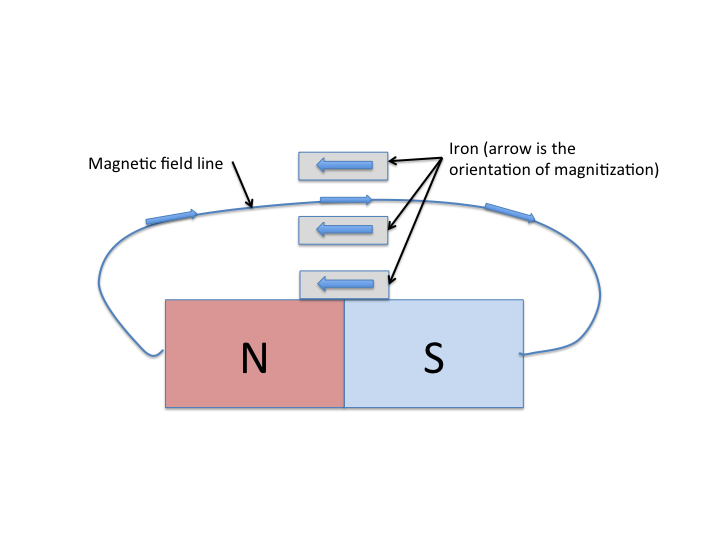By chance(playing around really) I saw that a spring(mainly from a pen) placed on a neodymium hard-disk magnet(and then flicked by your finger at the top) makes a nice-effect (see youtube video ). It appears to oscillate in slow-motion(looks like tornado).
Of course, "slow-motion" is purposely simplistic and unscientific - I am very far from a physicist.
Here's the video - http://www.youtube.com/watch?v=n0OJQ1iXZg0&feature=channel_video_title
I was too impatient in the video though, I should have zoomed in on the spring and waited. Sorry about that..
Here's a page about the magnets used: http://www.reuk.co.uk/Hard-Disk-Drive-Magnets-For-Wind-Turbines.htm
Here are the polarities, plus a horizontal profile below:


More details: You really want to use a retractable pen spring, the thin kind. And Hard-drive magnets are key - I think it doesn't work with others. I think it's partly because of the 4-poles of a neodymium magnet. i.e, it's actually two-magnets-in-one.
Cigarette lighters also have a long delicate magnet, which is good but too tipsy.
LBNL, supposedly you can stack these magnets, but they seem impossible to separate from the backing-piece. I appreciate any tips or advice.

